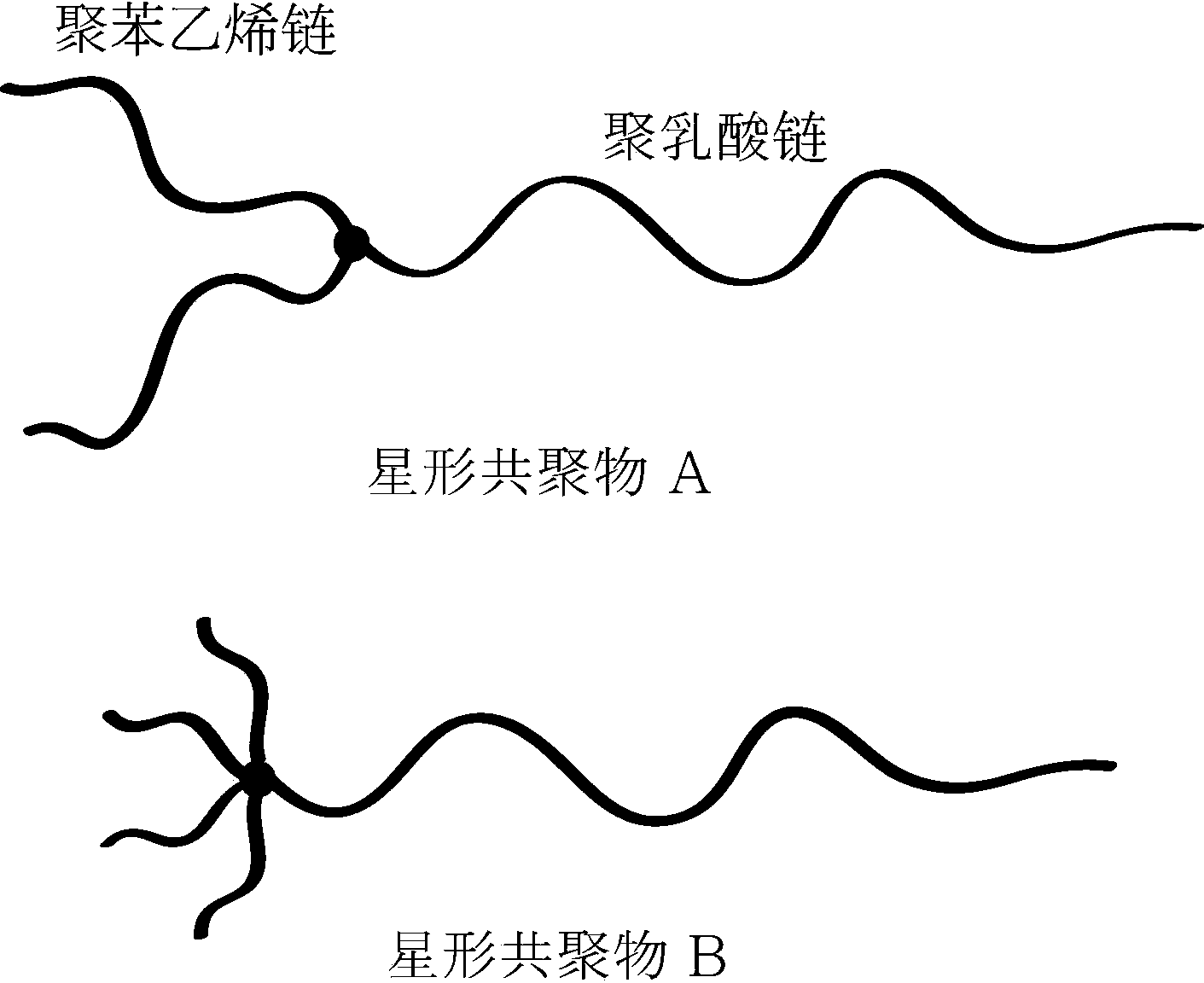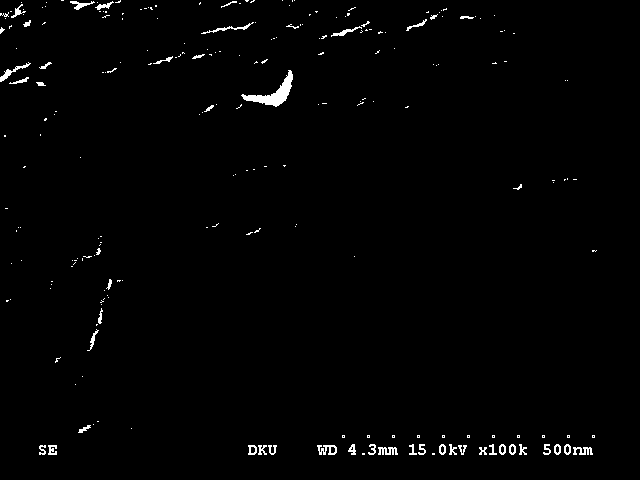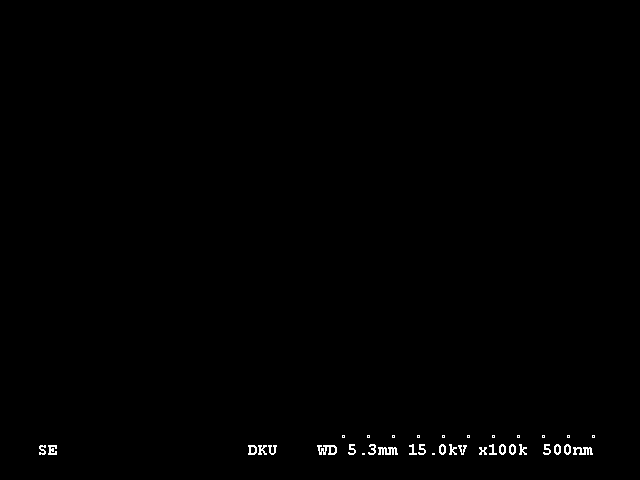Method for preparing polystyrene organic porous material with adjustable and controllable pore structure
A polystyrene and porous material technology, applied in the field of polymer materials, can solve problems such as time-consuming and laborious, and achieve the effects of broad application prospects, convenient operation, and simple and easy pore size.
- Summary
- Abstract
- Description
- Claims
- Application Information
AI Technical Summary
Problems solved by technology
Method used
Image
Examples
Embodiment 1
[0024] Weigh the star-shaped copolymers A and B composed of polystyrene and polylactic acid in a ratio of 10:90, and then dissolve them uniformly with dichloromethane, and remove the organic solvent under reduced pressure; after microphase separation and macroscopic orientation at high temperature, hydrogen The polylactic acid phase was selectively etched away in an aqueous solution of sodium oxide to obtain a polystyrene organic porous material with an adjustable pore structure. The porous polystyrene block material has a pore diameter of 12.6 nm and a porosity of 119%.
Embodiment 2
[0026] Weigh the star-shaped copolymers A and B composed of polystyrene and polylactic acid in a ratio of 30:70, and then dissolve them uniformly with dichloromethane, and remove the organic solvent under reduced pressure; The polylactic acid phase was selectively etched away in an aqueous solution of sodium oxide to obtain a polystyrene organic porous material with an adjustable pore structure. The pore diameter of the porous polystyrene block material is 13.5 nm, and the porosity is 105%.
Embodiment 3
[0028] Weigh the star-shaped copolymers A and B composed of polystyrene and polylactic acid in a ratio of 50:50, and then dissolve them uniformly with dichloromethane, and remove the organic solvent under reduced pressure; after microphase separation and macroscopic orientation at high temperature, hydrogen The polylactic acid phase was selectively etched away in an aqueous solution of sodium oxide to obtain a polystyrene organic porous material with an adjustable pore structure. The porous polystyrene block material has a pore diameter of 14.7 nm and a porosity of 93%.
PUM
| Property | Measurement | Unit |
|---|---|---|
| Aperture | aaaaa | aaaaa |
| Aperture | aaaaa | aaaaa |
| Aperture | aaaaa | aaaaa |
Abstract
Description
Claims
Application Information
 Login to View More
Login to View More - R&D Engineer
- R&D Manager
- IP Professional
- Industry Leading Data Capabilities
- Powerful AI technology
- Patent DNA Extraction
Browse by: Latest US Patents, China's latest patents, Technical Efficacy Thesaurus, Application Domain, Technology Topic, Popular Technical Reports.
© 2024 PatSnap. All rights reserved.Legal|Privacy policy|Modern Slavery Act Transparency Statement|Sitemap|About US| Contact US: help@patsnap.com










